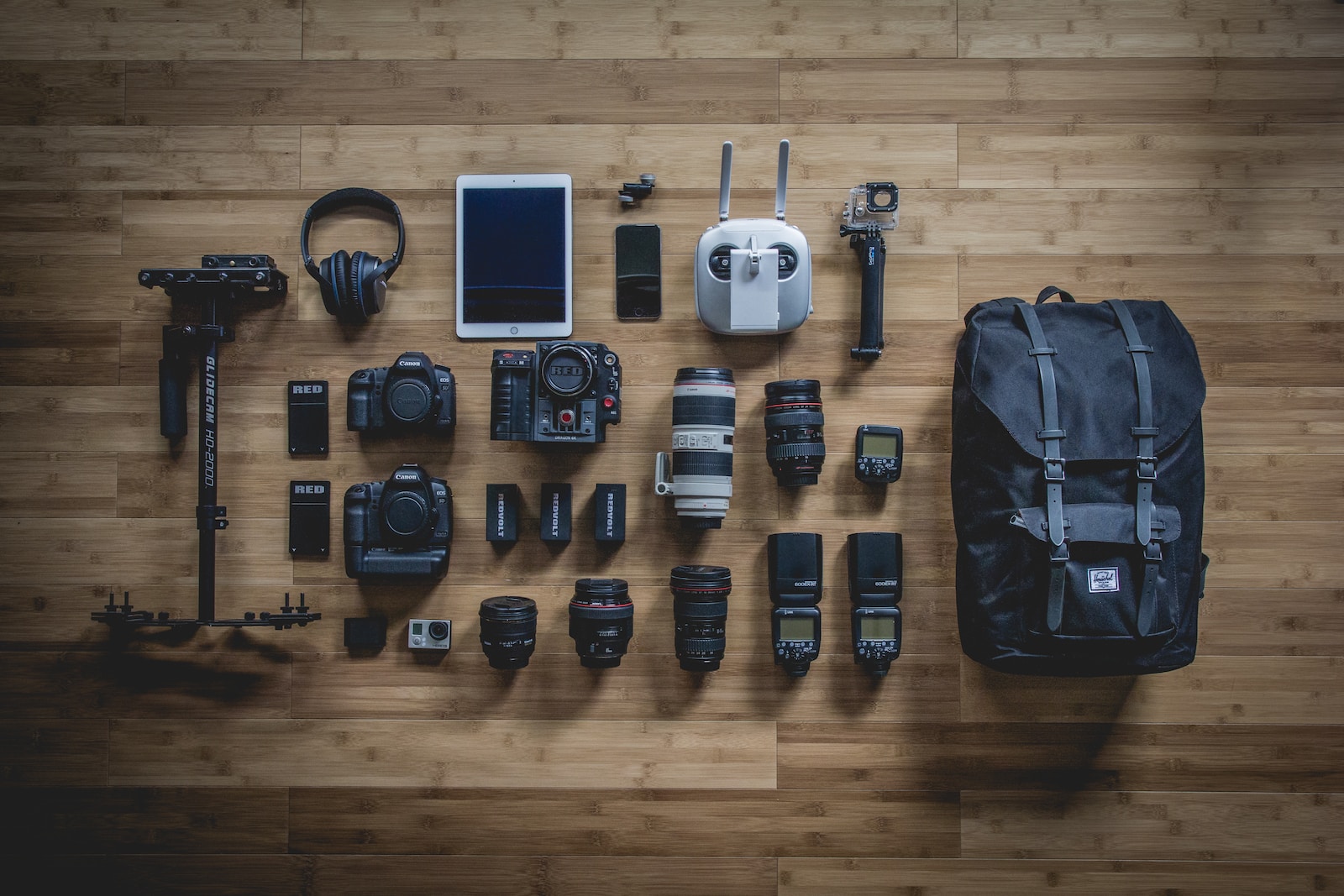Planning and capturing the perfect wedding photographs can be quite stressful, especially if you are just starting out. There are many factors to consider, such as capturing authentic emotions, fulfilling the couple’s shot requirements, and including every guest in the photos.
When you begin your journey as a wedding photographer, you may not have a vast collection of camera equipment, multiple lenses, and flashes. Starting out, you probably have the essential equipment in your bag and rely on your creativity to make the most of it.
If you are a beginner wedding photographer, our guide can help you understand what you can achieve with a basic kit. Additionally, don’t forget to check our available deals on used camera gear, which can be beneficial in becoming a well-rounded wedding photographer.
One crucial aspect is to have a backup camera in case anything goes wrong with your primary camera. Weddings often require shooting in different lighting conditions, ranging from bright sunlight to dimly lit dance floors. So, it is essential to have a camera with a good ISO range to handle diverse lighting environments.
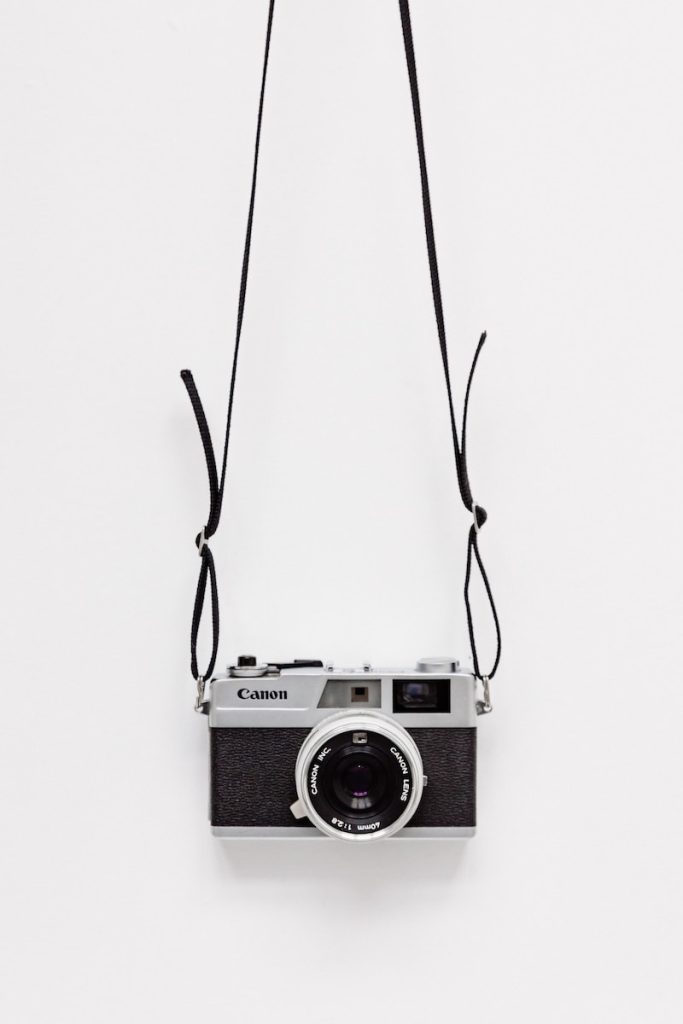
Many professional photographers are using mirrorless cameras nowadays and achieving amazing results with them. However, you don’t necessarily have to invest in a mirrorless camera to capture stunning shots. A capable camera body is all you need, with features like excellent autofocus (AF) with eye and face tracking, as well as easy manual focus adjustment.
Let’s explore a few camera recommendations for wedding photography:
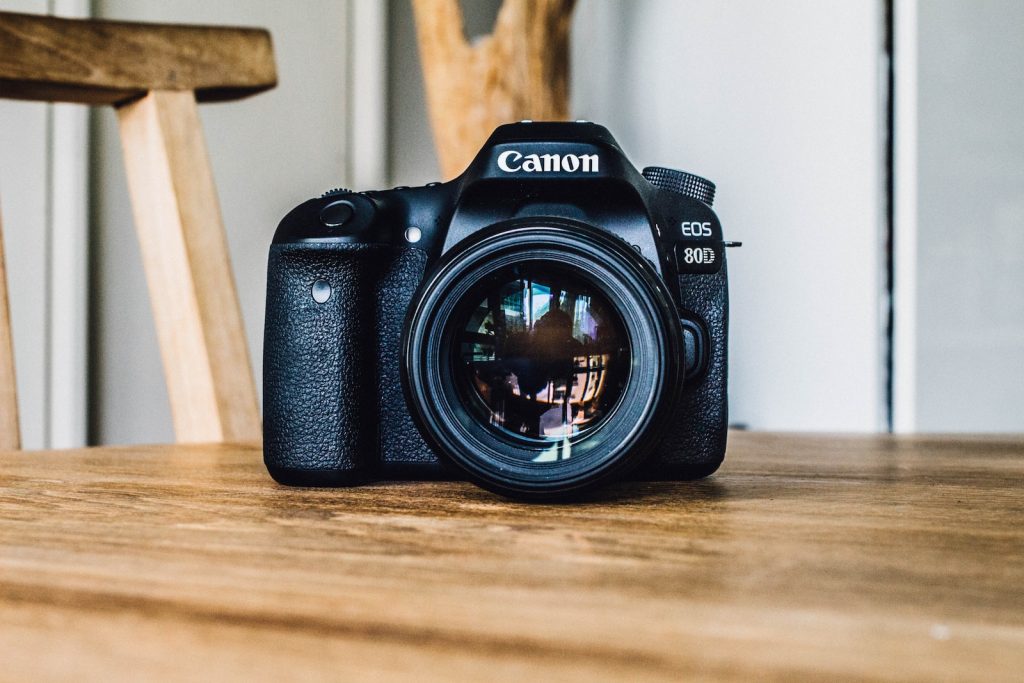
Canon EOS M50 Mark II Mirrorless Camera:
This camera produces high-quality images and has intelligent technology that can capture the atmosphere of the moment even in challenging lighting situations. It features smooth and cinematic Dual Pixel CMOS AF with Eye/Face tracking, allowing your subjects to remain sharp. With its ten frames per second (fps) shooting capability, you can capture fast-paced moments perfectly suited for reportage style photography.
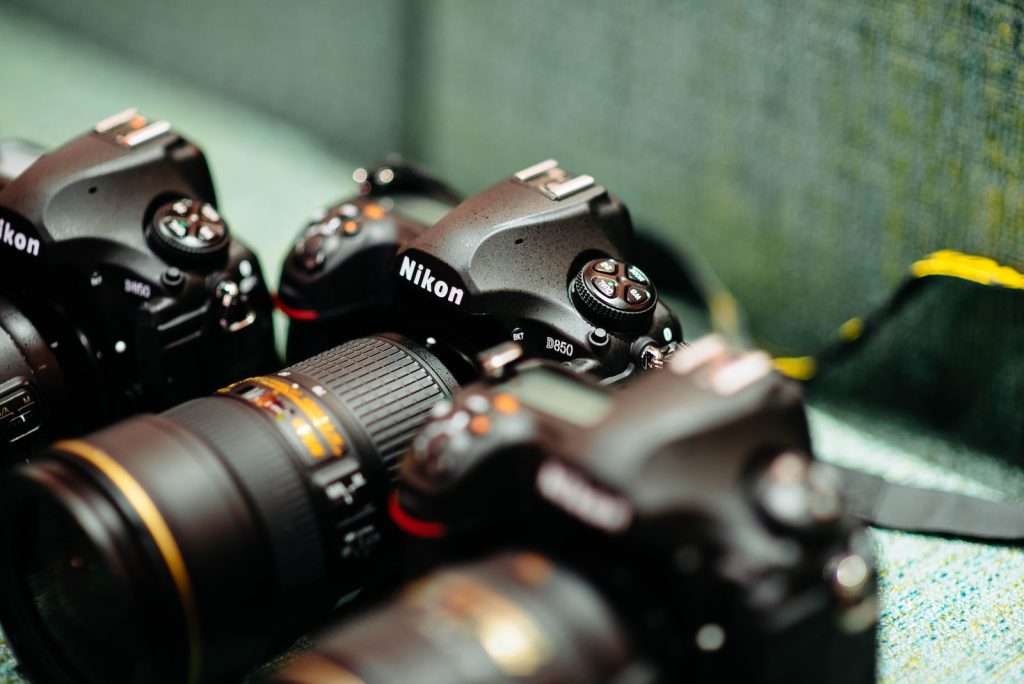
Nikon D5 Camera:
Equipped with Nikon’s advanced 153-point autofocus (AF) system, the D5 ensures your subjects stay in focus, especially when they are constantly moving. It offers wide coverage and an increased buffer size, allowing you to capture up to 200 RAW images in one high-speed burst. The new image and metering sensors provide accurate subject recognition and image details. Moreover, it offers an expanded sensitivity range, enabling shooting in various lighting conditions.
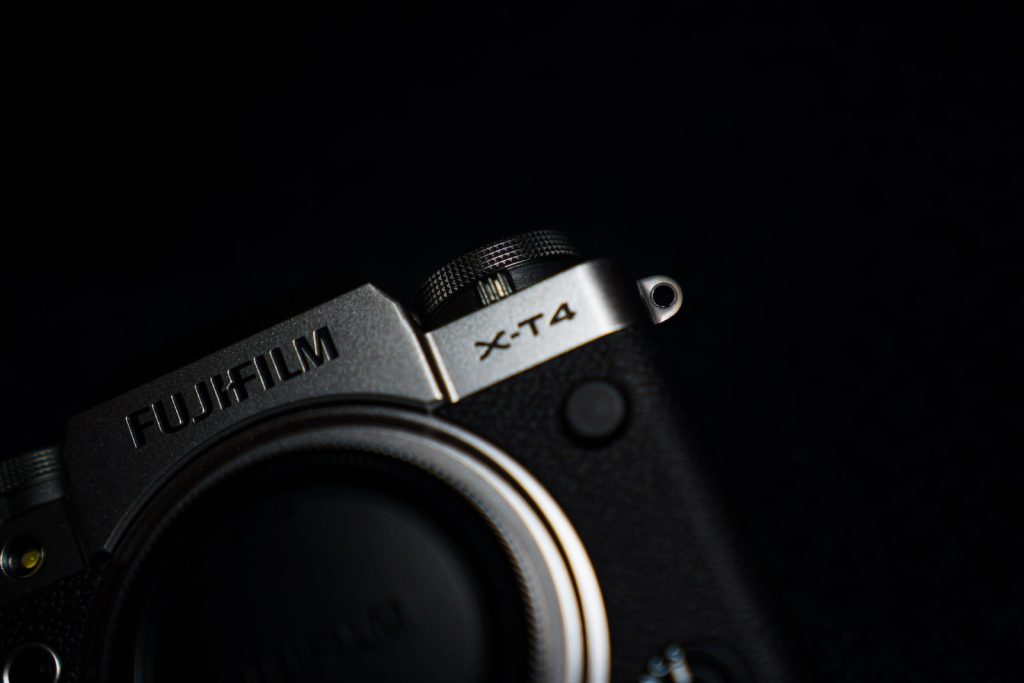
Fujifilm X-T4 Camera:
The Fujifilm X-T4 Camera comes with a super-fast, durable, and quiet shutter unit, making it an excellent choice for wedding ceremonies. It also features in-body image stabilization, which reduces camera shake and blur. The autofocus (AF) performance is enhanced, with improved face and eye tracking from previous models, allowing for faster and more efficient focusing and portrait taking—a crucial feature for wedding photography.
Apart from cameras, having a variety of lenses is essential to handle different situations throughout the wedding day. Here are the essential lens types:
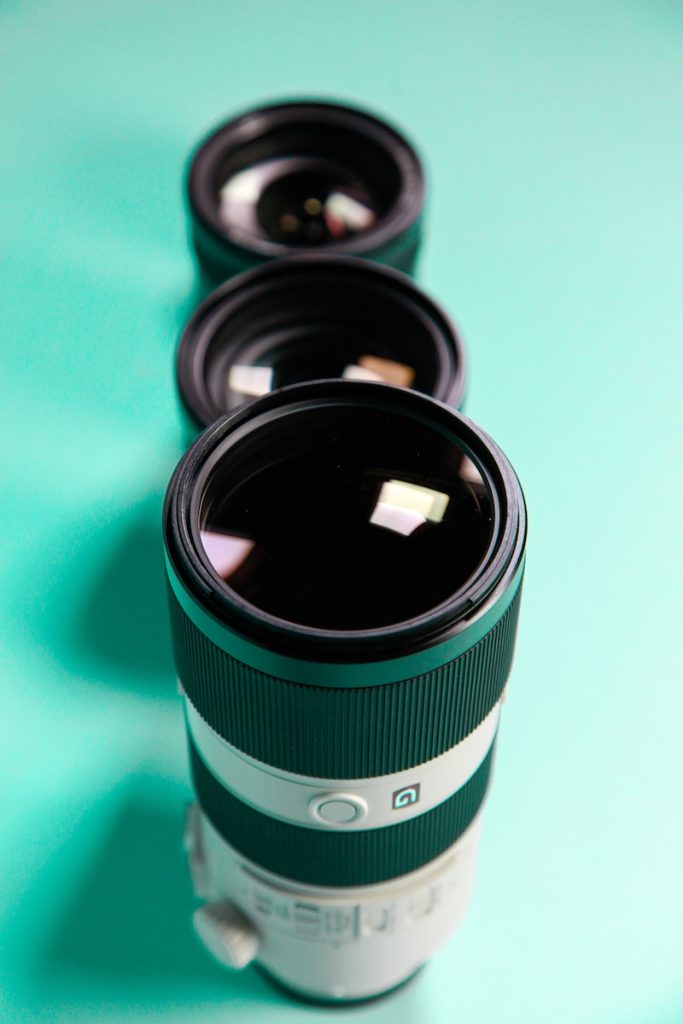
Medium Zoom Lenses: These lenses are versatile and can be used throughout the day, especially for wedding portraits and reportage-style images. They offer both wide and tight perspectives and have a wide aperture that allows for better low-light performance.
Telephoto Lenses: Ideal for situations where you need to capture moments from a distance, such as during the ceremony. It is best to position yourself towards the back or sides of the ceremony area while using a 70-200mm lens to avoid obstructing anyone’s view. Additionally, telephoto lenses are great for close-ups during the first dance.
Wide-Angle Lenses: While not as essential, having a wide-angle lens in your kit can be beneficial. It allows you to capture architectural details of the venue or large group shots. In addition, wide-angle lenses are excellent for storytelling in reportage-style images.
Prime Lenses: A prime lens has a fixed focal length and can be useful in dark environments, enabling you to achieve dreamy depth of field. These lenses are often considered to produce higher quality images compared to zoom lenses. Furthermore, they tend to be lightweight and sometimes more cost-effective.
To ensure a smooth wedding photoshoot, it’s important to have reliable memory cards and spare batteries. Your images are your product, so it’s wise to invest in good quality memory cards and carry more than you think you need. Additionally, make sure all your batteries are fully charged ahead of time.
While natural light is ideal for photography, wedding venues can sometimes be dimly lit. To combat this issue, consider using a speedlight, especially in places like churches or during evening events. The use of external lighting will prevent dark or grainy images.
For optimal results, it is essential to position your speedlight off-camera. This will allow you to experiment with different lighting angles and directions. During the reception, have a flash off-camera on a light stand to easily adapt to various lighting situations and enhance your photos.
Starting off as a wedding photographer requires more than just the right gear. You’ll need a decent and organized kit bag, a comfortable neck strap, memory card cases for protection, and a healthy dose of confidence.
